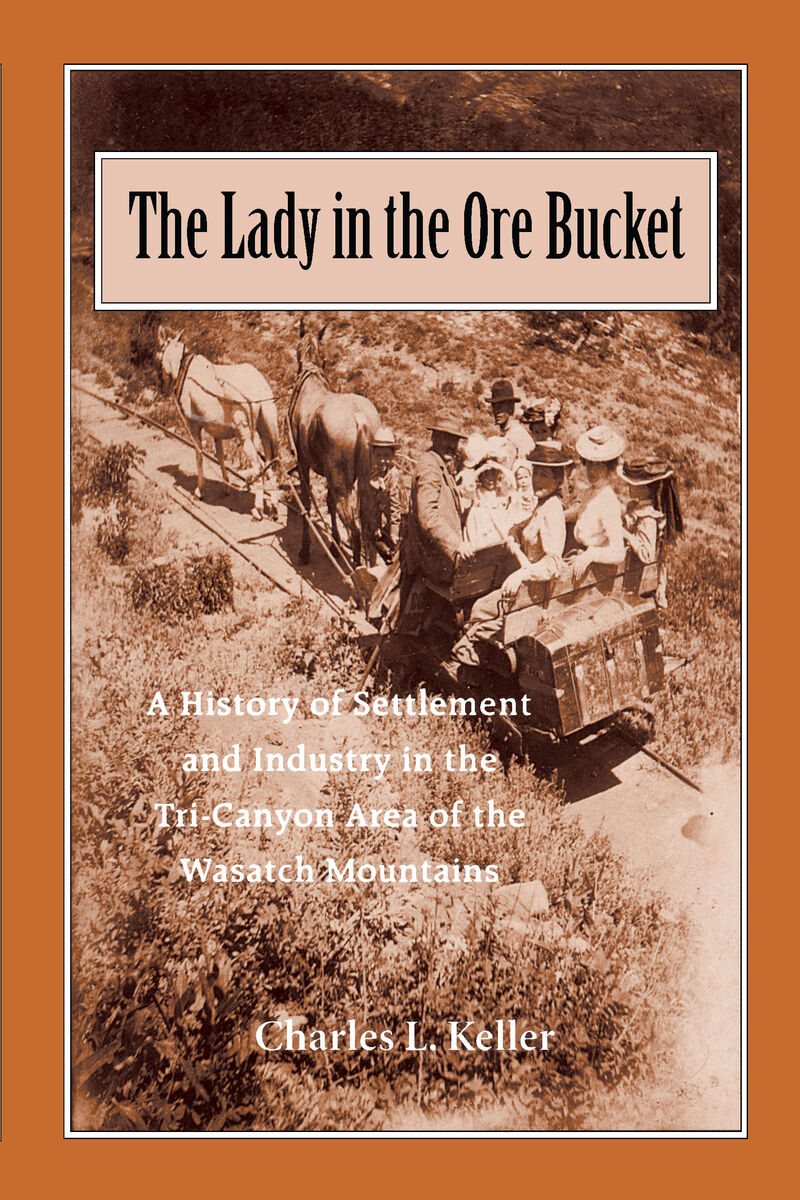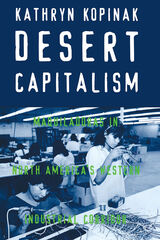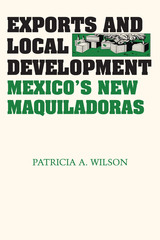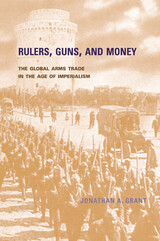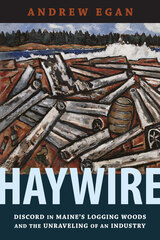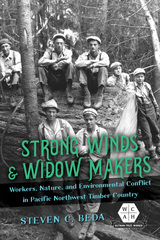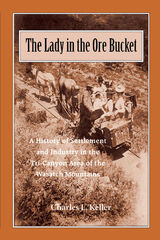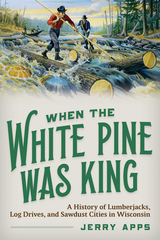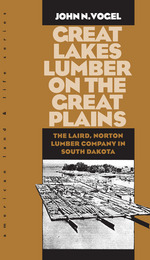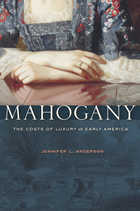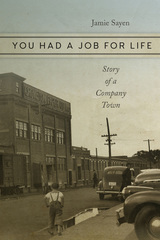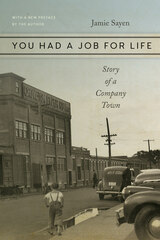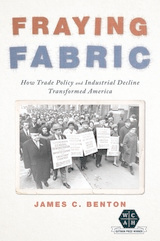The Lady In The Ore Bucket: A History of Settlement and Industry in the Tri-Canyon Area of the Wasatch Mountains
University of Utah Press, 2001
eISBN: 978-1-60781-804-5 | Cloth: 978-0-87480-677-9 | Paper: 978-1-60781-021-6
Library of Congress Classification HD9757.U8K45 2001
Dewey Decimal Classification 330.97922
eISBN: 978-1-60781-804-5 | Cloth: 978-0-87480-677-9 | Paper: 978-1-60781-021-6
Library of Congress Classification HD9757.U8K45 2001
Dewey Decimal Classification 330.97922
ABOUT THIS BOOK | AUTHOR BIOGRAPHY | REVIEWS | TOC | REQUEST ACCESSIBLE FILE
ABOUT THIS BOOK
When the first company of Mormon settlers arrived in the Great Salt Lake Valley in July 1847, it was immediately apparent that thier survival depended upon what resources they found in the mountains surrounding them. The Great Basin soil was baked hard by the sun and yielded to the plow with great difficulty. And as pioneer William Clayton noted, surveying the valley floor, "Timber is evidently lacking." But within a week of arrival, a small dam had been constructed to channel irrigation water to crops, parties had been dispatched to explore the nearby canyons for trees suitable for lumber, and names had been attached to several dozen features of the landscape including peaks, creeks, and canyons.
These place names, as well as the physical traces and artifacts that persist in three Wasatch canyons—Mill Creek, Big Cottonwood, and Little Cottonwood—tantalize with what they suggest, but do not tell, about the history of settlement and development in the canyons. Charles Keller has extracted a wealth of information to create The Lady in the Ore Bucket, a fascinating history of the lumber, mining, and hydropower industries built from the rich natural resources of the canyons. With more than six dozen photographs and maps, the book is alive with details concerning the personalities, politics, pacts, and peregrinations of local leaders from white settlement in 1847 through the early 1900s. It will delight any reader with an interest in the magnificent canyons that open onto the modern Wasatch Front.
These place names, as well as the physical traces and artifacts that persist in three Wasatch canyons—Mill Creek, Big Cottonwood, and Little Cottonwood—tantalize with what they suggest, but do not tell, about the history of settlement and development in the canyons. Charles Keller has extracted a wealth of information to create The Lady in the Ore Bucket, a fascinating history of the lumber, mining, and hydropower industries built from the rich natural resources of the canyons. With more than six dozen photographs and maps, the book is alive with details concerning the personalities, politics, pacts, and peregrinations of local leaders from white settlement in 1847 through the early 1900s. It will delight any reader with an interest in the magnificent canyons that open onto the modern Wasatch Front.
See other books on: Industry | Lumber trade | Mineral industries | Settlement | Utah
See other titles from University of Utah Press
